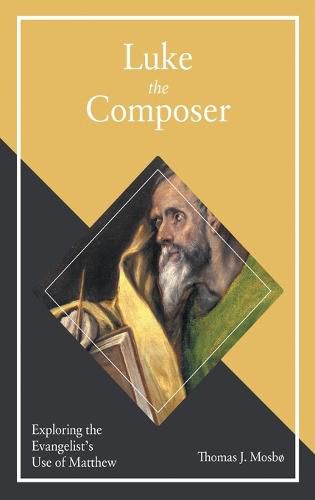Readings Newsletter
Become a Readings Member to make your shopping experience even easier.
Sign in or sign up for free!
You’re not far away from qualifying for FREE standard shipping within Australia
You’ve qualified for FREE standard shipping within Australia
The cart is loading…






The literary relationships among the Synoptic Gospels have long attracted scholarly attention which has now generally coalesced into the predominant Two- (or Four-) Source Hypothesis and leading alternatives, the Griesbach (or Two-Gospel) Hypothesis (Mark used Matthew and Luke) and the Farrer Hypothesis (Luke used Mark and Matthew). Thomas J. Mosbo here argues that no theory of Synoptic relations is adequate unless it can satisfactorily explain the extensive middle third of Luke’s Gospel, the so-called Travel Narrative (9:51-19:27), where Luke departs from the order shown in either Matthew or Mark and assembles stories and sayings that develop themes concerning discipleship that are important to Luke. Mosbo examines this narrative as a composed narrative, not merely an assembly of materials, and finds that Luke has reordered materials taken from Matthew and from Mark in a very particular manner. He then examines Luke’s purposes in the Gospel as a whole, then addresses objections raised by Q advocates to the hypothesis that Luke knew Matthew. At length Mosbo offers his own hypothesis of Synoptic relationships, including the relationship between Matthew and Mark.
$9.00 standard shipping within Australia
FREE standard shipping within Australia for orders over $100.00
Express & International shipping calculated at checkout
The literary relationships among the Synoptic Gospels have long attracted scholarly attention which has now generally coalesced into the predominant Two- (or Four-) Source Hypothesis and leading alternatives, the Griesbach (or Two-Gospel) Hypothesis (Mark used Matthew and Luke) and the Farrer Hypothesis (Luke used Mark and Matthew). Thomas J. Mosbo here argues that no theory of Synoptic relations is adequate unless it can satisfactorily explain the extensive middle third of Luke’s Gospel, the so-called Travel Narrative (9:51-19:27), where Luke departs from the order shown in either Matthew or Mark and assembles stories and sayings that develop themes concerning discipleship that are important to Luke. Mosbo examines this narrative as a composed narrative, not merely an assembly of materials, and finds that Luke has reordered materials taken from Matthew and from Mark in a very particular manner. He then examines Luke’s purposes in the Gospel as a whole, then addresses objections raised by Q advocates to the hypothesis that Luke knew Matthew. At length Mosbo offers his own hypothesis of Synoptic relationships, including the relationship between Matthew and Mark.